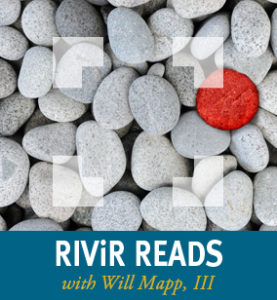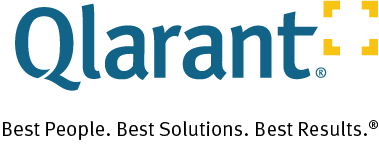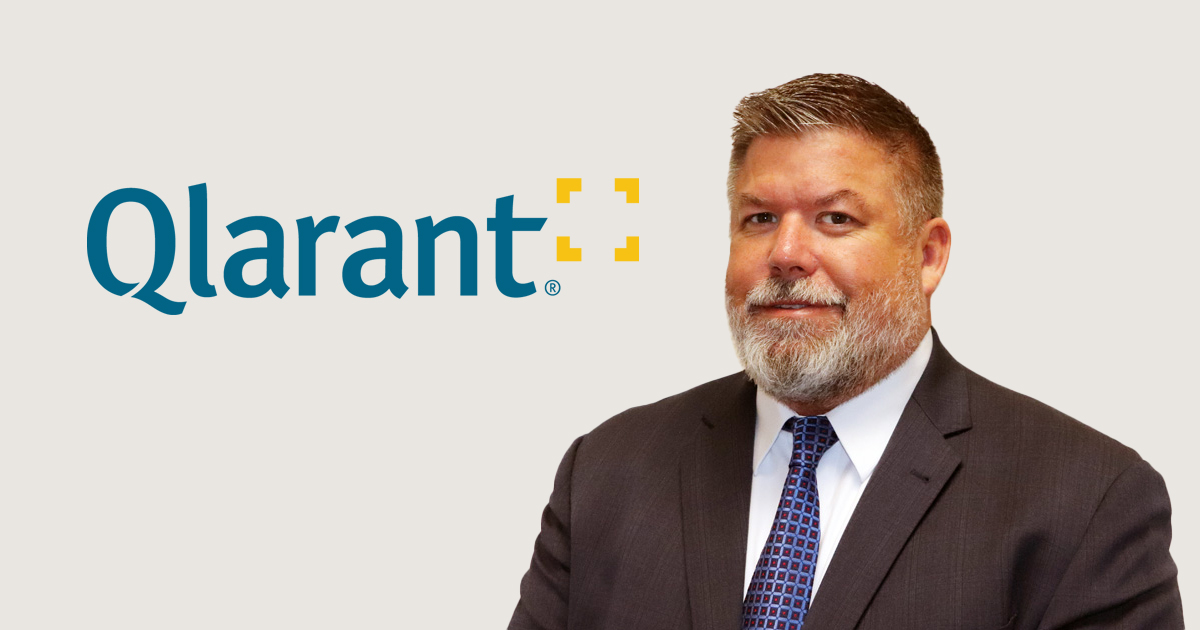A Common Sense Approach to Improving Hospice Care Outcomes Using Data Science

Fraudulently behaving businesses and organizations practicing inconsistent or inappropriate quality of care bring additional challenges for health agencies and patients alike. In 2020, 1.61 million people were treated through hospice services and palliative care in the United States. Even though this population is small compared with the overall size of the health population, misbehaving businesses and hospice providers exact a large toll on our society.
Unscrupulous organizations can run fraudulent schemes that improperly bill patients for specific comfort drugs while others may keep patients enrolled for stays beyond their life expiration. Some fraudulently behaving providers have an excessively large number of live discharges who are patients admitted for hospice services, and then discharged after a number of months, still living.
Nefarious businesses can also target the elderly and chronically ill in a number of different schemes to enroll them into hospice, home-based palliative care without their knowledge. These organizations bill Medicare and Medicaid for people who have unwittingly been enrolled.
These different fraud schemes make it challenging for federal and state agencies to provide oversight on hospice providers. The misdirection and misdeeds of these organization test agencies in pursuit of eliminating fraud. On the consumer side, families can be made to feel insecure on deciding how their loved ones spend their last days only to find themselves constantly trying to make a bad choice ‘do right’ by their loved one during their final days.
Data Science and Common Sense
At Qlarant, we help oversight agencies identify program integrity issues by using a combination of advanced data science and rules-based algorithmic processing to expose fraudulent behavior and uncover money stealing schemes. Data science, statistical measures, and strategic sampling are used to measure palliative care spending across multiple populations geographically. This allows us to count and compare claim spending for end-of-life care while using rules to determine improper payments. This helps state agencies deliver reliable oversight and provide educational opportunities for hospice care organizations.
The Centers for Medicare and Medicaid Services is shining a more focused light on hospice quality of care and annually administers the Consumer Assessment of Healthcare Provides and Systems Survey (CAHPS) to a sample of representative hospice providers across the country. The CAHPS Survey reports data across eight quality measures spanning communications, patient treatment, support and others.
CMS is helping to get solid survey results by requiring hospices with more than 50 patient/family caregiver pairs to participate in the CAHPS Hospice Survey in order to receive their full Medicare Annual Payment Update.
CAHPS helps families compare hospice care providers amongst their peers by counting CMS’ quality-of-care measures in each hospice. This information can help families feel more secure about the end-of-life decisions their making. They can choose a hospice provider by comparing the quality measures they care about the most amongst provider peer groups.
We can also help families and patients make better quality of care decisions by moving beyond counting and comparing.
Helping Patients by Moving Beyond Counting and Comparing
 We can help the system get better by bringing an action component to hospice care. The CAHPS Survey is a publicly available source of quality-of-life data across the nation’s hospices. The survey provides lots of data from a high level, but lacks the detail of issues that makes one hospice’s quality of care measures better than another hospice.
We can help the system get better by bringing an action component to hospice care. The CAHPS Survey is a publicly available source of quality-of-life data across the nation’s hospices. The survey provides lots of data from a high level, but lacks the detail of issues that makes one hospice’s quality of care measures better than another hospice.
What’s needed is a way to enumerate resolvable issues that affect a hospice’s quality-of-life score. An enumerable list of issues is beneficial for everyone participating in the hospice marketplace. Quality oversight agencies have additional information that can be used for educating hospices on better care guidelines, families and patients have more information they can use to determine which hospice to choose for their loved one’s final days, and hospices also benefit by having a list of things that they can fix to deliver better care for their patients as well as being more competitive in a growing marketplace.
America’s population is growing older. Our aging population is also growing larger and facing more incidents of terminal illness at the end-of-life. American’s living their last days have grown an average 4 percent since 2018. Data science, common sense rules, and tools that turn counting and comparison data analytics into actionable resolutions can help make more of our family spend their last days in safer residences with better comfort.






